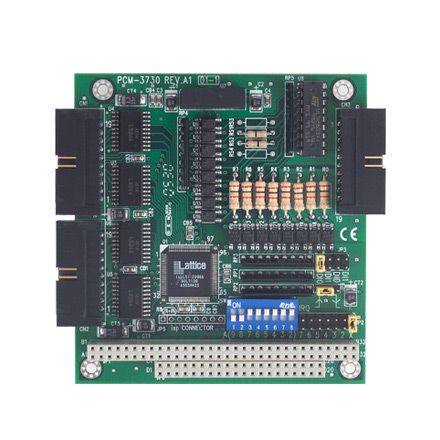

The Allure of Brown Reflective Glass A Comprehensive Overview
In recent years, brown reflective glass has emerged as a favored choice for architects, designers, and homeowners alike, thanks to its unique aesthetic qualities and practical benefits. This type of glass, characterized by its deep brown hue and reflective surface, serves a multitude of purposes across various applications, from residential buildings to commercial complexes. In this article, we delve into the appeal of brown reflective glass, exploring its features, benefits, and potential applications.
Aesthetic Appeal
The first and foremost reason for the popularity of brown reflective glass is its striking appearance. The rich brown color lends a sense of warmth and sophistication to any structure, creating a pleasing visual harmony with natural elements. Additionally, the reflective properties of the glass act as a captivating mirror, allowing buildings to blend seamlessly with their surroundings while also enhancing their architectural features. When sunlight hits the surface, the glass reflects light beautifully, transforming ordinary facades into dynamic works of art. This interplay of light and design not only enhances the overall aesthetic but also provides an interesting visual experience throughout different times of the day.
Energy Efficiency
Beyond its visual appeal, brown reflective glass is increasingly recognized for its energy-efficient properties. The reflective surface helps to reduce heat gain during the warmer months, minimizing the need for air conditioning and lowering energy consumption. As a result, buildings outfitted with this type of glass can experience significant cost savings over time, making it an environmentally friendly choice. Moreover, by opting for energy-efficient materials like brown reflective glass, architects and builders can contribute to sustainable design practices that are crucial in today’s context of climate change and resource conservation.
Privacy and Glare Reduction

Brown reflective glass also offers practical advantages, particularly in terms of privacy. The reflective surface makes it challenging for outsiders to see into buildings during daylight hours, granting occupants a level of seclusion without compromising natural light. This feature is particularly beneficial in densely populated urban areas where buildings are closely spaced. Furthermore, the glass reduces glare, creating a more comfortable interior environment. By helping to control the influx of sunlight, brown reflective glass provides a more pleasant atmosphere for workspaces and living areas alike.
Durability and Maintenance
Another significant advantage of brown reflective glass is its durability. This type of glass is designed to withstand the elements, making it an ideal choice for both commercial and residential applications. With a proper installation, it can resist harsh weather conditions, including high winds and heavy rains. Additionally, the surface is often treated to enhance its resistance to scratches and stains, making it easier to maintain. Regular cleaning and minimal care can keep the glass looking pristine, ensuring that it retains its functional and aesthetic appeal over time.
Versatile Applications
The versatility of brown reflective glass extends to various applications, ranging from corporate offices to residential homes and even public spaces. In commercial architecture, this glass is often used in skyscrapers, where it provides an imposing presence while contributing to energy efficiency. In residential contexts, it can be used for windows, doors, and curtain walls, seamlessly blending beauty with function. Moreover, it can be employed in interior design, such as mirrored partitions, allowing for creative and stylish uses that enhance space perception and light flow.
Conclusion
In summary, brown reflective glass stands out as a multifaceted material that offers aesthetic beauty, energy efficiency, privacy, durability, and versatile applications. Its increasing popularity is a testament to its ability to meet the needs of modern architecture and design while providing functional advantages. As trends continue to evolve and the importance of sustainability gains traction, brown reflective glass is likely to play an essential role in shaping the future of our built environment. Whether in commercial or residential settings, it represents a harmonious blend of form and function—an embodiment of contemporary design philosophy.